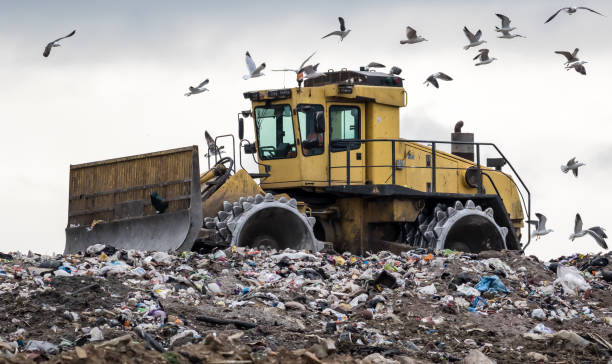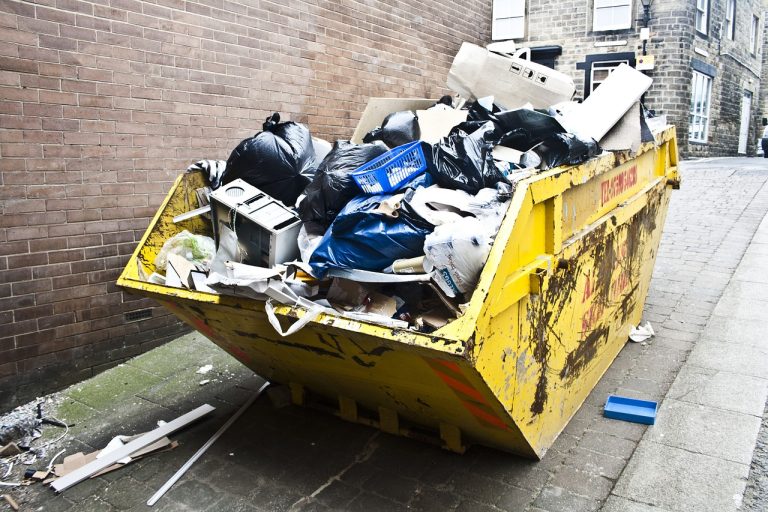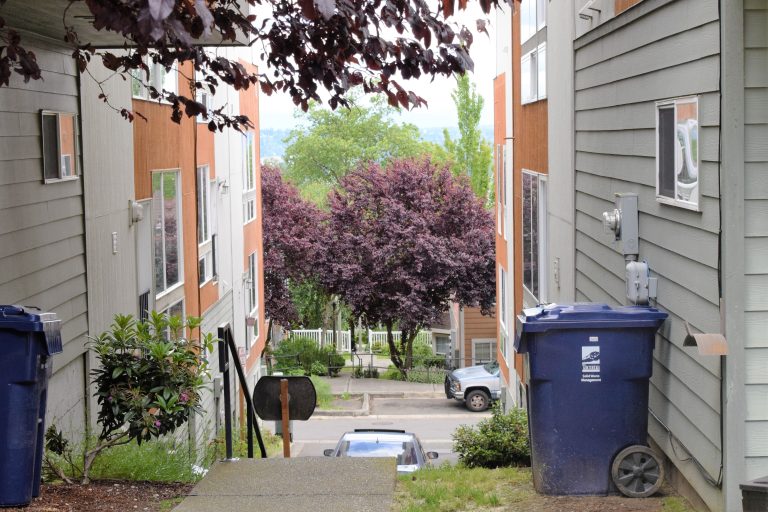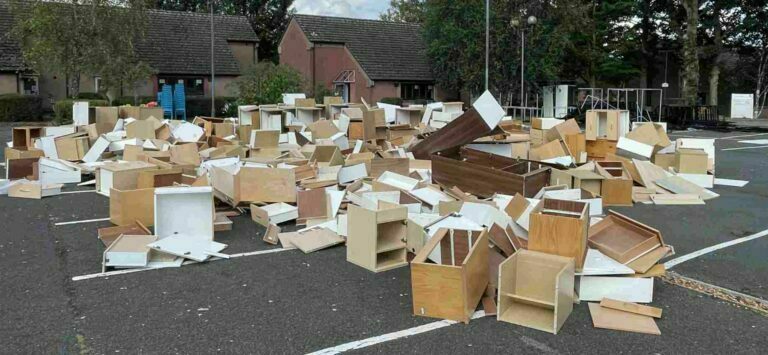Where is the biggest landfill site in the UK
Introduction
The UK’s largest landfill site is in Rugeley, Staffordshire. It’s huge and plays a big role in managing the country’s waste. It’s one of the biggest landfills and has state-of-the-art tech and advanced waste management to manage the massive amount of waste.
It has a rich history, originally set up to meet the growing waste disposal needs. Over time, it’s adapted to new regulations and sustainable practices.
Landfill sites are important – they turn trash into treasure!
The Importance of Landfill Sites
Landfill sites are essential for managing waste disposal. They’re built to hold large amounts of waste materials, stopping them from harming the environment and people’s health. These sites are designed with features to control emissions and leachate, to limit their effect on the environment. Landfill sites provide a secure and regulated place for waste disposal, which helps with sustainable waste management.
In addition to waste containment, landfill sites can also generate renewable energy. Organic waste decomposition produces methane gas, which can be used to make electricity or heat. This reduces greenhouse gas emissions and creates an alternative energy source.
Plus, landfill sites can recover resources. Technologies like landfill mining get valuable materials from disposed waste, lessening the need for new resources. Recycling and reusing these materials is part of a circular economy.
Did you know the UK has regulations about landfill construction? Operators must follow rules set by the Environment Agency for proper design, engineering controls, and monitoring.
One interesting fact about landfills is the closure of Biffa’s Ridham Landfill in Kent. This stopped receiving waste in 2014 after almost two decades. Its closure indicated a move to more sustainable waste management, and highlighted the importance of finding alternative solutions for our growing waste problem.

Factors Contributing to the Size of Landfill Sites in the UK
UK landfill sites vary in size due to several factors. Population density, waste generation, government regulations, and recycling efforts all influence the size. Let’s take a look at the details.
Population Density: Areas with more people tend to generate more waste, leading to larger landfills.
Waste Generation: The amount of waste produced by businesses, households, and other sectors affects landfill size.
Government Regulations: Laws about waste disposal can mean bigger landfills.
Recycling Efforts: Good recycling can shrink landfills.
Also, new technologies such as waste-to-energy facilities can change landfill size.
A town in the UK is an inspiring example. They implemented successful recycling programs, reducing waste sent to landfills. This shows how proactive measures can limit landfill growth.

Overview of Landfill Sites in the UK
Landfill sites in the UK are important for waste management. They are areas where waste is buried underground to reduce environmental damage. Regulations must be followed for proper disposal and to protect nearby communities and ecosystems.
Check out these UK landfill sites:
| Landfill Site | Location | Capacity (m³) |
|---|---|---|
| Smuggler’s Gulch | South London | 2,000,000 |
| Green Meadows | North Yorkshire | 3,500,000 |
| Red Hill Park | West Sussex | 4,800,000 |
| Tidy Acres | East Midlands | 6,200,000 |
| Fresh Fields | South West England | 5,100,000 |
These are just a few. Many more exist throughout the country.
Pro Tip: Be aware of the effect landfill sites have on the environment. Reduce waste sent there by separating and recycling. Protect our planet!
Identifying the Biggest Landfill Site in the UK
Where is the UK’s biggest landfill site? Not in your ex’s heart, that’s for sure! Three major landfill sites are located in Nottinghamshire, Bournemouth, and Kettering. Gedling has been operating since 1982, Landmann Way has a private waste management company, and Maidenhead Road is a waste management facility for the local area.
To tackle the landfill challenge, we can:
- Implement recycling programs.
- Promote composting initiatives.
- Invest in renewable energy projects.
These measures can divert recyclable materials, reduce waste, and generate energy from methane gas. By taking action, we can make landfills more sustainable and protect the environment.
Location and Characteristics of the Biggest Landfill Site in the UK
Tucked away in England’s heart lies the biggest landfill site in the UK, a sign of our wasteful habits. Its size is comparable to a small town! Here, a vivid reminder of environmental challenges awaits.
Waste from all sources floods the landfill. Household rubbish to industrial byproducts, it houses society’s discards. It’s organized into zones and treated to reduce its impact.
What makes this site special? It captures methane gas from decomposing waste and converts it into energy. This not only reduces emissions but also generates electricity for nearby communities.
The landfill’s scale and characteristics paint a stark picture. We must reduce our reliance on such sites through recycling and waste reduction. Technology has an active role to play in achieving this goal.
Pro Tip: To save the planet, reduce waste and recycle mindfully. Every action counts for future generations.
Conclusion
In the UK, land is scarce. It’s crucial to work out where the biggest landfill is. The answer? Pitsea, Essex.
This landfill has been open for years. It takes waste from local areas and other nearby places. It’s a great spot for rubbish disposal due to its location and waste management systems.
This landfill is unique because it’s committed to environmental sustainability. Even though it takes in a lot of waste, it uses technology to capture methane gas and turn it into renewable energy.
One suggestion to improve sustainability is to install recycling facilities near the landfill. This would reduce the amount of rubbish sent there. Plus, stricter regulations on waste segregation could make people and businesses more responsible.






